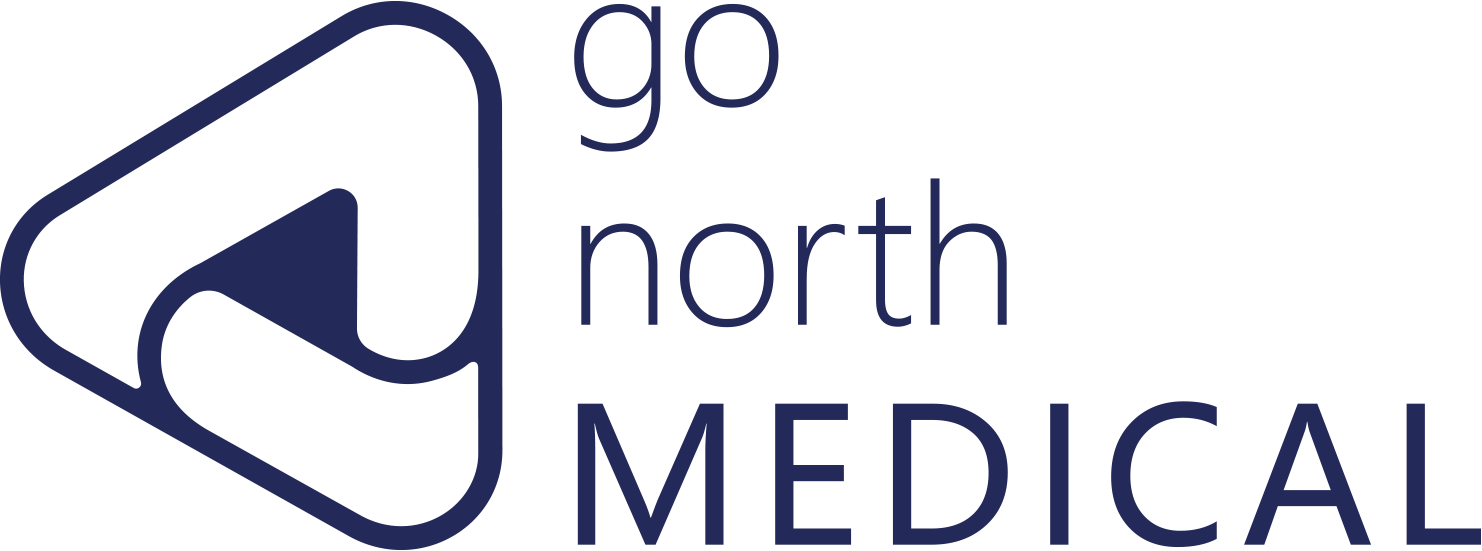Efficacy of adjunctive vagus nerve stimulation in patients with Dravet syndrome: A meta-analysis of 68 patients
Dibué-Adjei M, Fischer I, Steiger HJ, Kamp MA.
Seizure. 2017 Aug;50:147-152.
https://doi.org/10.1016/j.seizure.2017.06.007.
Dravet syndrome (#DS) is a rare, genetic, infantile-onset epileptic encephalopathy, usually associated with intractable#seizures, recurrent status epileptics, and cognitive decline.[1] Clinical studies have shown that patients with DS may benefit from vagus nerve stimulation (#VNS) Therapy. Thus, for our last theme this year, we would like to focus on available clinical evidence for the use of VNS Therapy in patients with DS.
Due to the rarity of the syndrome, it is difficult to determine the treatment outcome of VNS Therapy in patients with DS based on a single-center study. To address this problem, in Jun. 2017, Dibué-Adjei et al. published a meta-analysis examining the treatment efficiency of VNS Therapy in patients with DS. 13 clinical studies and 68 patients were included.
𝐎𝐯𝐞𝐫𝐚𝐥𝐥 𝐫𝐞𝐬𝐩𝐨𝐧𝐝𝐞𝐫 𝐫𝐚𝐭𝐞 & 𝐢𝐧𝐝𝐢𝐯𝐢𝐝𝐮𝐚𝐥 𝐬𝐞𝐢𝐳𝐮𝐫𝐞 𝐫𝐞𝐝𝐮𝐜𝐭𝐢𝐨𝐧 𝐫𝐚𝐭𝐞
52.9% of patients (n=68) achieved ≥50% seizure reduction in total. The seizure reduction rate of individual patients was reported by 7 studies (28 patients), ranging between 49% -100% (mean value: 50.8%, median value: 55%).
𝐀𝐝𝐝𝐢𝐭𝐢𝐨𝐧𝐚𝐥 𝐭𝐫𝐞𝐚𝐭𝐦𝐞𝐧𝐭 𝐨𝐮𝐭𝐜𝐨𝐦𝐞𝐬
7 studies reported on additional treatment outcomes, including improvements in cognition and speech, alertness and interaction, cessation of status epilepticus, improvement of #EEG abnormalities, decreases in post-ictal severity, shortened seizures by the magnet, and a reduction of anti-seizure medication burden.
Noteworthy, the author highlights the importance of interpreting these results with caution due to the inherent character of a meta-analysis (essential differences between studies might be ignored).
Ref.
[1] https://www.epilepsy.com/what-is-epilepsy/syndromes/dravet-syndrome


